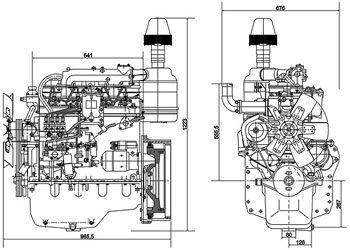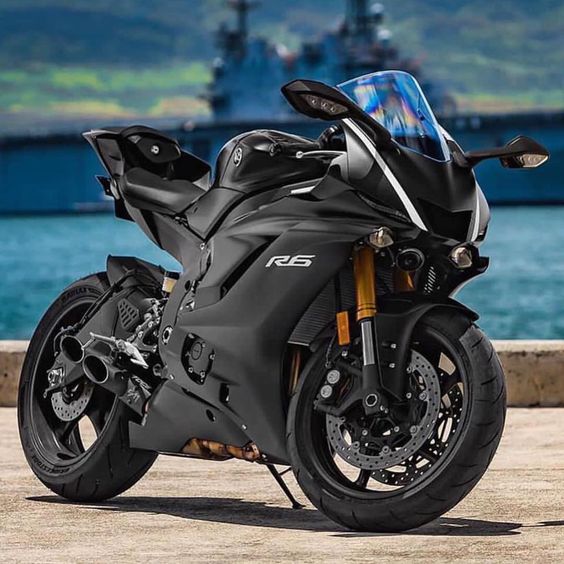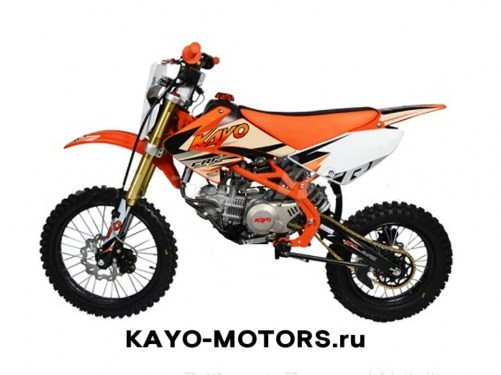
MZ150 engine - basic information, technical data, characteristics and fuel consumption
Content
- MZ150 engine in an ETZ motorcycle from Chopau - basic information
- Three different versions of the MZ ETZ 150 - what types of two-wheelers can you buy?
- German two wheeler design
- How has the appearance of the motorcycle changed?
- Structural elements of the ETZ150 suspension
- MZ 150 engine - technical data, characteristics and fuel consumption
Despite the fact that both the People's Republic of Poland and the GDR belonged to the Eastern Bloc after World War II, cars from outside the western border were better regarded. So it was with the MZ150 motorcycle. The MZ150 engine installed on it provided better performance, as well as more economical combustion compared to two-wheeled vehicles produced in our country at that time. Learn more about it while reading!
MZ150 engine in an ETZ motorcycle from Chopau - basic information
The version we are writing about was the successor to the TS 150 variety. It was produced from 1985 to 1991. Interestingly, at the same time, another successful motorcycle was being distributed from beyond the western border - the MZ ETZ 125, but it was not so popular. The MZ ETZ 150 motorcycle was eagerly imported to Poland. It was estimated that the number of copies hovered around 5. parts.
Many design concepts in the ETZ150 were taken from the TS150 variety. However, the new version used an additional gear, cylinder and carburetor.
Three different versions of the MZ ETZ 150 - what types of two-wheelers can you buy?
The motorcycle with the MZ 150 engine was produced in three versions. The first, standard product of the German factory Zschopau did not have a tachometer and a disc brake in front - unlike the second and third varieties, i.e. De Lux and X, which were additionally equipped with an idle speed sensor.
These are not the only differences between the described versions. There were differences in power. Option X produced 14 hp. at 6000 rpm, and the De Lux and Standard variants - 12 hp. at 5500 rpm. Behind the best performance of the Model X were specific design solutions - changing the gap of the needle nozzles and valve timing.
It is also worth mentioning the design features of models that were common in Western Europe. The MZ150 variant for this market was fitted with an optional Mikuni oil pump.
German two wheeler design
Not only the capabilities of the MZ150 engine were striking, but also the architecture of the ETZ motorcycle. The design of the two-wheeled car was exceptionally modern and pleasing to the eye with its unusual appearance. One of the characteristic aesthetic techniques was the streamlined shape of the fuel tank and the use of low-profile tires. Thereby The ETZ 150 looked very dynamic and sporty.
How has the appearance of the motorcycle changed?
From 1986 to 1991, there were several changes in the appearance of the ETZ 150 motorcycle. We are talking about the use of round taillights, as well as replacing the direction indicators with a rectangular version, and the standard ignition system with an electronic one. . Then it was decided to install a rear wing made of plastic, not metal.
Structural elements of the ETZ150 suspension
The ETZ 150 uses a rear frame welded from steel beams. A telescopic fork was chosen at the front, while two oil springs and damping elements were used at the rear. The front and rear suspension travel was 185 mm and 105 mm, respectively.
MZ 150 engine - technical data, characteristics and fuel consumption
The serial designation of the MZ 150 engine is EM 150.2.
- It had a total displacement of 143 cm³ and a peak power of 9 kW/12,2 hp. at 6000 rpm.
- In the version intended for the Western market, these parameters were at the level of 10,5 kW / 14,3 hp. at 6500 rpm.
- The torque was 15 Nm at 5000-5500 rpm.
- Bore 56/58 mm, stroke 56/58 mm. The compression ratio was 10:1.
- The tank capacity was 13 liters (with a reserve of 1,5 liters).
- The maximum engine speed reached 105 km/h in the version sold in the East, and 110 km/h in Western Europe, and a 5-speed gearbox was also used.
The peak of popularity of a motorcycle with an MZ 150 engine occurred in the late 80s and early 90s. With the fall of communism and the entry of Western brands into the market, two-wheeled vehicles from the GDR were no longer so readily bought in our country. What else is worth noting in conclusion? It would seem that the story ended around 2000, but the secondary market is seeing an increase in popularity. The model is in demand among lovers of old two-wheeled vehicles, who appreciate its reliability. A well-maintained used motorcycle can be bought for just a few hundred PLN.

